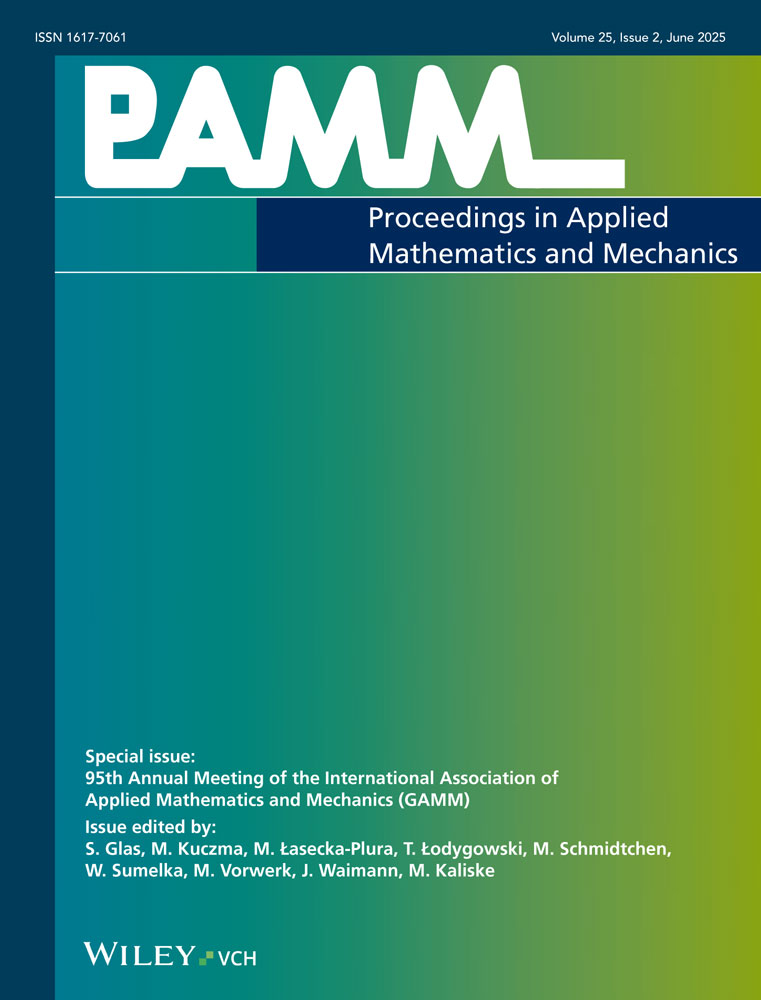Variational Structural and Material Stability Analysis in Finite Electro-Magneto-Mechanics of Active Materials
Abstract
Soft matter electro-elastic, magneto-elastic and magneto-electro-elastic composites exhibit coupled material behavior at large strains. Examples are electro-active polymers and magneto-rheological elastomers, which respond by a deformation to applied electric or magnetic fields, and are used in advanced industrial environments as sensors and actuators. Polymer-based magneto-electro-elastic composites are a new class of tailor-made materials with promising future applications. Here, a magneto-electric coupling effect is achieved as a homogenized macro-response of the composite with electro-active and magneto-active constituents. These soft composite materials show different types of instability phenomena, which even might be exploited for future enhancement of their performance. This covers micro-structural instabilities, such as buckling of micro-fibers or particles, as well as material instabilities in the form of limit-points in the local constitutive response. Here, the homogenization-based scale bridging links long wavelength micro-structural instabilities to material instabilities at the macro-scale. This work outlines a comprehensive framework of an energy-based homogenization in electro-magneto-mechanics, which allows a tracking of postcritical solution paths such as those related to pull-in instabilities. Representative simulations demonstrate a tracking of inhomogenous composites, showing the development of postcritical zones in the microstructure and a possible instable homogenized material response. (© 2015 Wiley-VCH Verlag GmbH & Co. KGaA, Weinheim)




